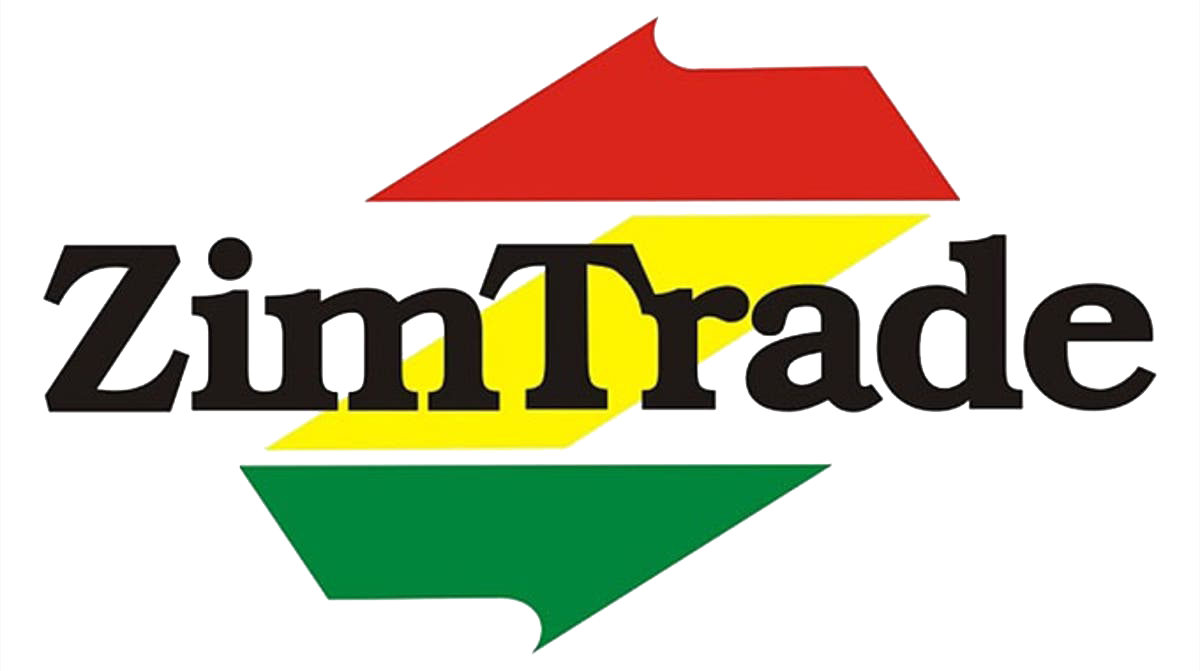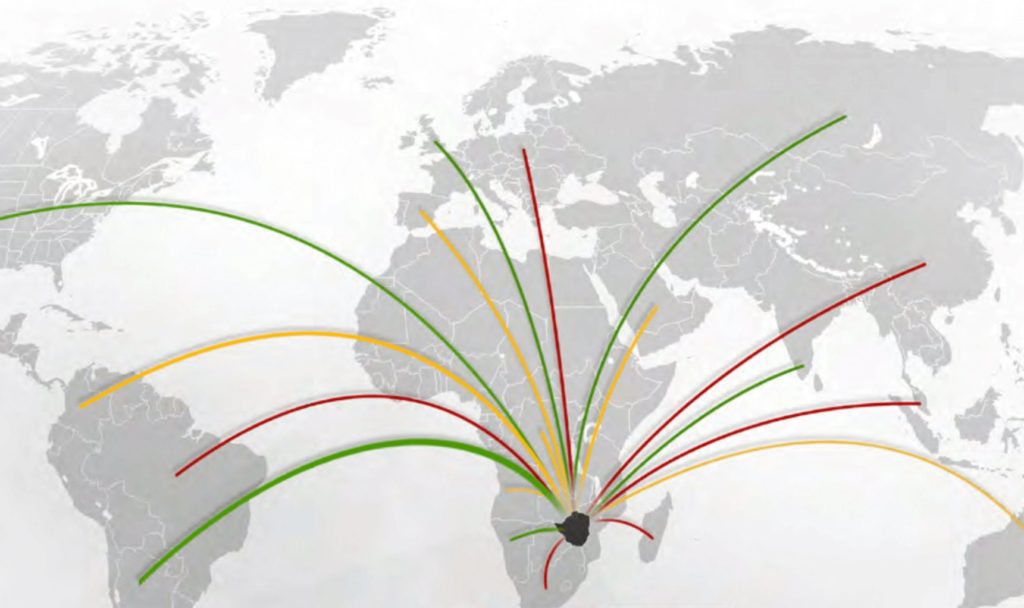When Zimbabwe and the rest of the world announced lockdown measures to curb the spread of coronavirus, there were concerns from business interests on how these will affect the economy.
This was perhaps coming from the understanding that lockdown, in most cases, resulted in reduced consumption of non-essential commodities.
Six months into the year, the question remains.
To what extent did the deadly coronavirus (COVID-19) disrupt business, particularly exports, which are the anchor of the nation’s economy?
According to figures released by ZimStat recently, between January and May this year, exports declined by 24.89 percent, from around US$397.7 million to US$298.7 million.
This decline is however within World Trade Organization’s projections that “world trade is expected to fall by between 13-32% in 2020 as the COVID-19 pandemic disrupts normal economic activity and life around the world.”
During the same time, imports also decreased by 5.85 percent, from US$383.5 million in January to US$361.1 million in May.
Although, exports declined during the period, it is encouraging that exports have started to pick up, even when the world markets have not fully opened.
This is indicative of the potential for the country to grow exports once world markets fully open.
During the period of April and May this year, exports took a huge jump from around US$200 million to US$299 million mostly due to an increase in exports of minerals and tobacco.
This increase will be easily sustained by value addition as well as increased production of goods that are currently in demand around the world.
For example, with changes in consumption behaviors and people paying attention to what they eat, there has been an increase in the consumption of goods considered to be superfoods because of perceived heathy benefits.
These include avocados, macadamia nuts, beans, peas, and blue berries.
Zimbabwe already enjoys competitive advantage in these goods and with increased production, the country maximise on current demand.
Zimbabwe has a wide range of opportunities in processed foods particularly in areas such as fruit juices, fruit and vegetable canning among others.
This will increase export earnings as products will fetch more value on the international market.
Like many African countries, Zimbabwe is exporting low-value raw and semi-finished products only to import them back as expensive finished goods.
The Provincial Export Clusters, currently being developed by provincial leaderships working with ZimTrade, could also be used to springboard new farmers to the export market.
For example, Manicaland provinces is earmarked as a horticultural center and Rusitu Valley in Chimanimani is targeted to be a pineapple hub.
Already, ZimTrade – the nation’s trade development and promotion organisation – is working with 22 small scale farmers to capacitate them so that they can easily access the European market.
Once they have an Ecocert organic certificate, it will be easy to increase small scale pineapple producers in the area to more than 500, a number that can meet growing demand for Zimbabwe-produced pineapples.
With new exporters added because of establishing export clusters, the country could be cushioned from shocks in the global economy.
Taking a further look at recent data by ZimStats, one can consider that the knock-on exports experienced in the past few months was not heavy when comparing the same period last year.
This is because the country’s export performance has generally been low between the months of March and April.
For example, exports fell from US$365.5 million in February to around US$272 million in in March.
During the same period last year, exports fell from US$349.5 million in February to US$295.9 million in March.
The country recorded total exports of US$200 million and US$277 million in the months of April in 2020 and 2019 respectively.
Thus, the decline in exports during the months is not unusual, although the decline this year was steep.
This is because during the months February-April this year, this is when most countries, including Zimbabwe’s export destination, had instituted strict measures and curfews to contain the spread of the virus.
These measures saw a huge disruption within the supply chain as demand fell.
For example, the hotel industry across the word was almost put to halt as people were restricted from moving across cities and countries.
These restrictions saw a reduction in demand for Zimbabwe’s horticultural produces, which had started to pick up as the country was just starting to realize good harvests from the rainy season.
Other produces that were soon considered as non-essential during the onset of the lockdown, such as flowers, also became difficult to transport, living farmers with a product they cannot export.
Exports of flowers, however, have started to recover as some markets have opened with local players starting to export their produce to European markets.
Zimbabwe exports a wide variety of horticultural produce, however, there has been a slight decline of nine percent in the share of the horticulture sector to total during the January-April this year.
Over the years, the industry experienced increased exports in four main categories which are fresh produce (mostly vegetables), citrus and sub-tropical fruits, deciduous fruits and flowers.
In the past few months, the low demand for fresh produces in hotels, which are largest consumers of local produces, contributed to the decline in exports.
In addition, food demand especially in most African countries is generally linked to income and in the case of the COVID-19 outbreak, income-earning opportunities have greatly impacted on food consumption.
Following the outbreak of coronavirus, most countries around the world started to implement a number of policy measures aimed at avoiding the further spread of the disease, some of which have greatly affected the movement of raw materials which are crucial for export production.
Local manufacturing companies have now begun following the current good manufacturing practices to help ensure the consistent quality and safety of food products by focusing attention on five key elements which are people, premises, processes, products, and procedures.
It must however be noted that although COVID-19 impacted on product demand, the country could still have had a soft landing in the drop in exports between January and May if most export products are value added.
This is because value added export products earn more, create employment, and improves the livelihoods of Zimbabwe’s citizens.
During the period under review Zimbabwe’s exports were dominated by primary commodities such as semi-manufactured gold (26 percent), nickel mattes (20 percent) unmanufactured tobacco (16 percent), nickel ores and concentrates (11 percent), ferrochromium (5 percent), diamond (3 percent) and platinum (2 percent).
On the other hand, imports were mainly composed of petroleum oils (21 percent), maize (11 percent), electrical energy (3 percent), soya-bean oil (2 percent), and pharmaceuticals (2 percent).
Going forward, investments within the production, manufacturing, and processing sectors, whilst import substitutions will improve the country’s earnings.
For example, if the agriculture sector is adequately financed and farmers within arable lands fully utilize their capacities, the import bill could be reduced by almost 15 percent in one season that we do not import maize and soya bean oil.
The reduction could even be bigger if we consider other agric-based raw materials that are being imported and going into the manufacturing sector.
With the outbreak of the coronavirus, there is a continued need for the adoption and execution of actions that will promote and grow local production of good quality affordable raw materials to enable production of good quality affordable consumables as well as encourage production of high-quality competitive export products.
Further to this, the shocks within the economy can also be reduced if the export destination is diversified.
This will spread the risks of shocks within the country’s trade partners having a major impact within the local economy.
For example, Zimbabwe’s major export destinations for the period were South Africa (43 percent), United Arab Emirates (26 percent), and Mozambique (9 percent).
Thus, if demand in South Africa is to fall drastically, that will have a ripple effect on local production.
This also applies to import sources, which were dominated by South Africa (45 percent), Singapore (19 percent), and China (8 percent).



